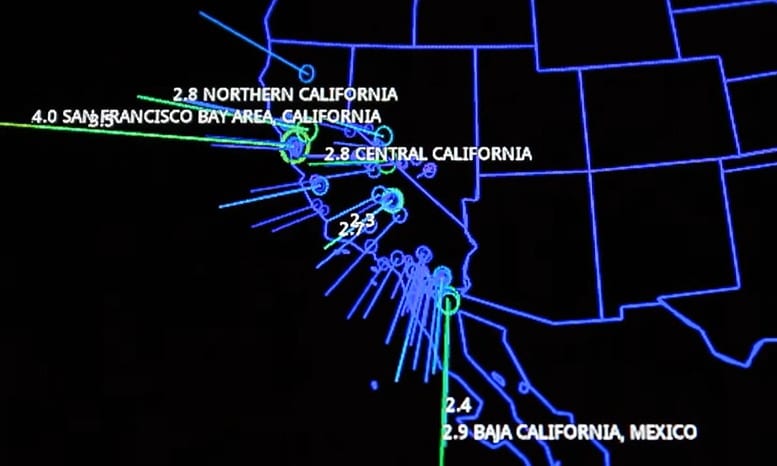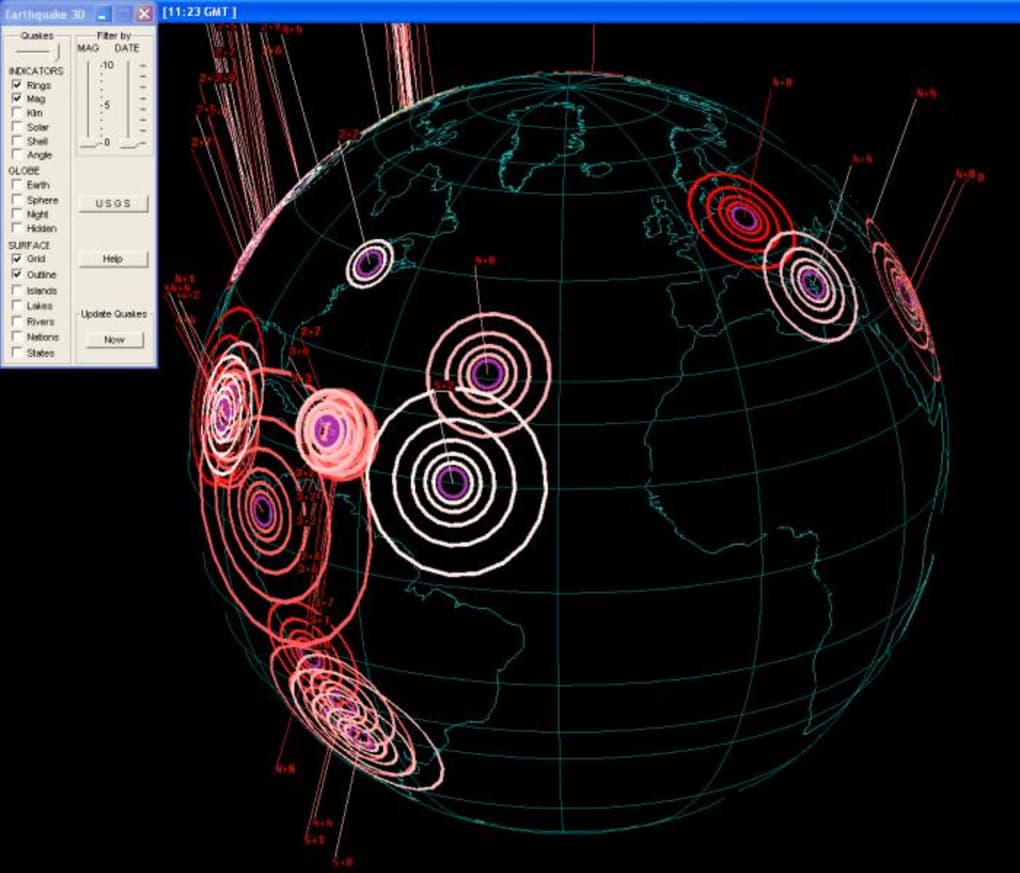

With the sourceport extracted, your “C:\QuakeDev” directory should now look like this: Once you have downloaded your sourceport, you should extract the files into your “C:\QuakeDev” directory. I will be using Quakespasm throughout this tutorial, but you may also be interested in trying the Mark V sourceport. For additional information about Quakespasm, you can visit their website.
#Live 3d earthquake map code
A sourceport is a modern version of the engine (a port of the source code) to run the gameplay code with more features and better compatibility.įor a simple sourceport, I recommend Quakespasm, which you can download here. If you have played your copy of Quake through steam or gog, you may have run into problems with the graphics on your modern computer. This is where our final levels will go so we can play them. While in your “C:\QuakeDev\id1” folder, you should also add a “maps” folder.
#Live 3d earthquake map how to
How to find your id1 pak files from a steam download These “pak” files contain all of the game’s content, including the models, textures, sounds, maps, and even the compiled gameplay code! Copy these files, and paste them in your “C:\QuakeDev\id1” folder. Once you have downloaded a copy of the game, you will need to find the files “pak0.pak” and “pak1.pak” within the “id1” folder. If you don’t have a copy of Quake already, you can purchase it for a few dollars on steam or gog (where it also includes the expansion packs). And the first thing we need is the Quake content so we can play the game. Now that we have our folder structure, we need to fill it. Your folder structure should now look like this: “wads”-where we store our texture packages, called “.wad” files.“working”-where we store our rough drafts “.map” files.“tools”-where we store our editor and compiler.“id1″-where we store the original Quake content and our completed maps.Inside of “C:\QuakeDev”, create the following folders: This is where we will keep all of our tools and content. In this root directory, create a folder named “QuakeDev”. Go to a root directory of your computer, this could be your “C:” drive, or an “E:” or “F:” drive if you use external storage. To start, we need to create some folders. If you prefer a video explanation for setting up your tools, here is Dumptruck_DS’s quickstart tutorial covering the basics: Also note that Jonathan’s setup includes some tools we won’t be using in this tutorial, and there are some small differences in the file structure. All you need to do is add an “id1” folder with your “pak0.pak” and “pak1.pak” files, which I explain below.

If you want to skip this tutorial and jump straight into the tools, you can download Jonathan Linat’s setup. Then we’ll set up our level editor, Trenchbroom. First, we’ll set up Quake to run with a modern sourceport. In this tutorial, I’ll walk through the basic setup for the tools to make your first Quake map. Smaller quakes (M4 and complete for M>5.For the rest of this series, see Preface and Part 2.

In the list of quakes, you find a link to each source where further information about this individual quake can be found. The earthquake data on this map are collected automatically from various public data sources, namely USGS, EMSC, GFZ and GeoNet. Notes: An optimized version as stand-alone tool is available at: or You can embed customized versions of the map on your own website from our tool at Disclaimer: There is no warranty for completeness or correctness of the information on this map. If you are interested in complete lists including smaller earthquakes, please navigate to a specific region from the menu. On the global map, only larger quakes are included (otherwise, there would be thousands of points).


 0 kommentar(er)
0 kommentar(er)
